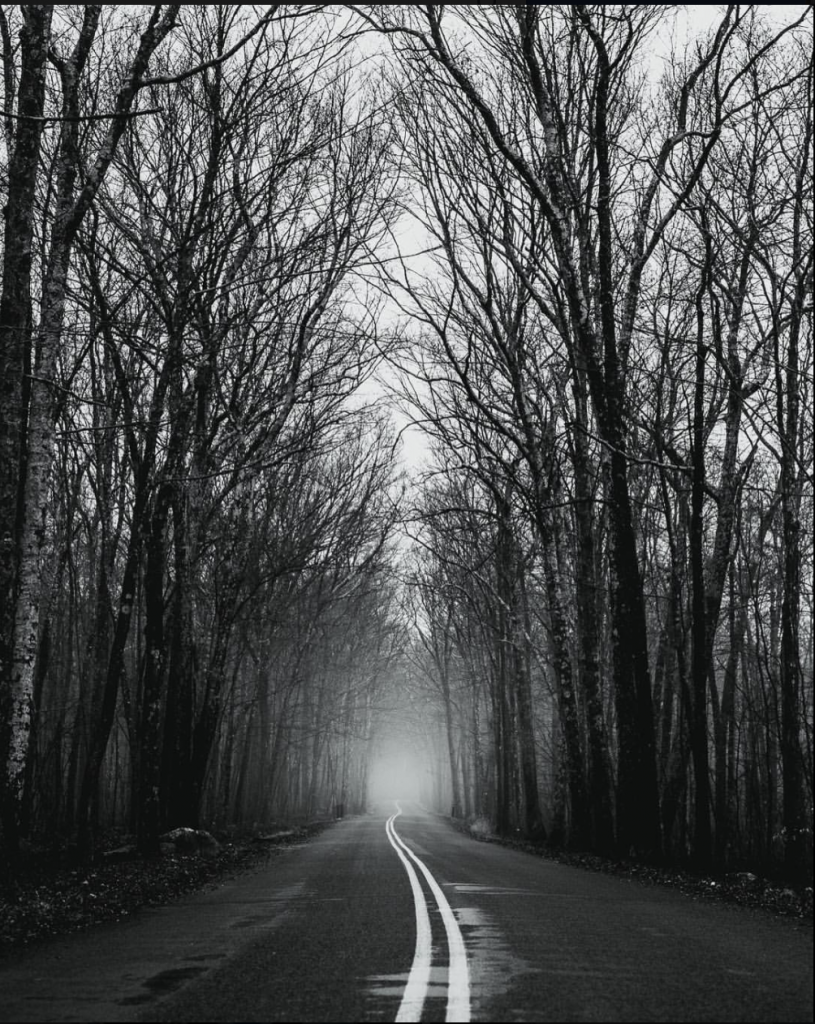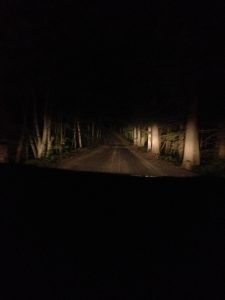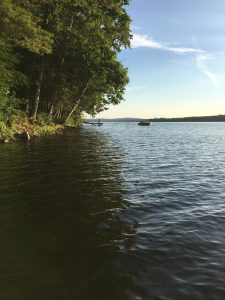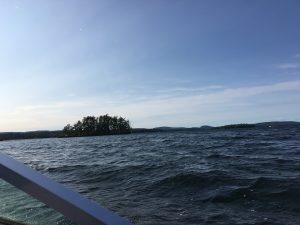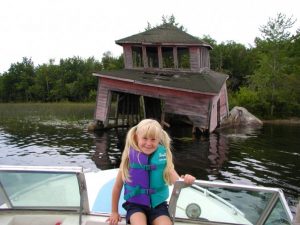Reilly and I met with Gene Hyde and Colin Reeve, the Head of Special Collections and University Archivist and the Special Collections and Archives Specialist, respectively. In our meeting, we discussed several potential sites in the Asheville areas to focus our archival research on.
We began by discussing the French Broad River, which begins in the southwestern corner of North Carolina and flows northeast from there through Asheville and into Tennessee. Not only is there a plethora of archival documents available related to the French Broad River that we would have access to, but the French Broad River has been intimately connected with the development of Asheville and the changing landscape of the city over the course of the past several hundred years.
In addition to the French Broad River, we also considered the Blue Ridge Parkway as a potential location for our project. Like the French Broad River, the Blue Ridge Parkway charts a course through North Carolina, passing just within reach of Asheville before stretching northward into Virginia. The Blue Ridge Parkway headquarters, which are located in Asheville, house the largest collection of archives on the Parkway, so we would have access to an assortment of documents to help with our research.
During our discussion with Gene and Colin, we touched on some of the challenges of conducting archival research on large sites like the French Broad River and the Blue Ridge Parkway, which both have a variety of archival sources to dig through. If we chose to base our project on one of these sites, we would eventually pick a smaller site within each of these two areas to direct our research.
Two of the other sites we discussed were the Bent Creek Experimental Forest and Sandy Mush, both of which are near Asheville. Bent Creek Experimental Forest is the largest experimental forest on the eastern coast of the United States 1. Sandy Mush was a tobacco farm before it was protected by the Southern Appalachian Highlands Conservatory. The UNCA archives has sources about both of these locations.
Over the next few weeks, we will explore Bent Creek Experimental Forest and the Blue Ridge Parkway and eventually choose one of these locations as the basis for our project. Since the headquarters of the Blue Ridge Parkway are located in Asheville, we will have access to a great deal of archival records about the Parkway. In the Experimental Forest, we can examine the impact of industrial logging and efforts undertaken to rehabilitate the forest.
Bibliography
1. “USDA Forest Service Southern Research Station.” Bent Creek Experimental Forest, USDA, www.srs.fs.usda.gov/bentcreek/.

